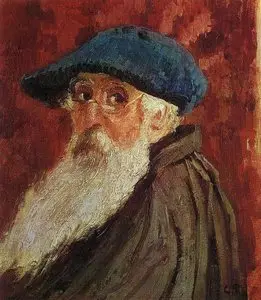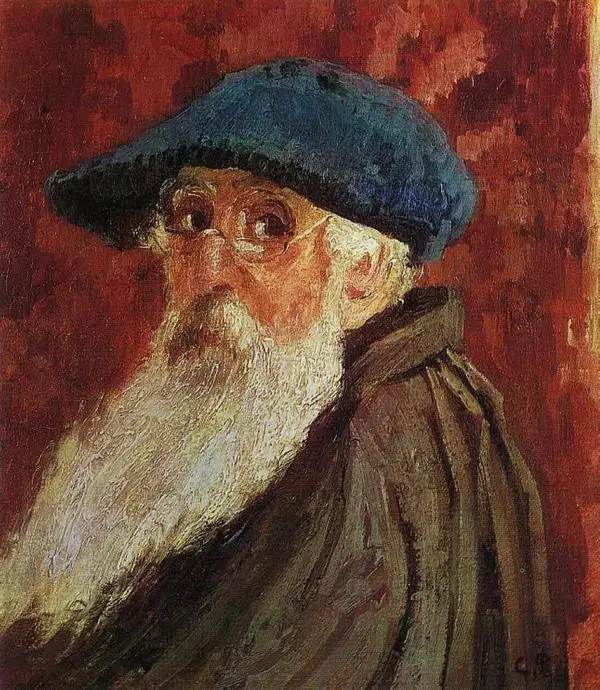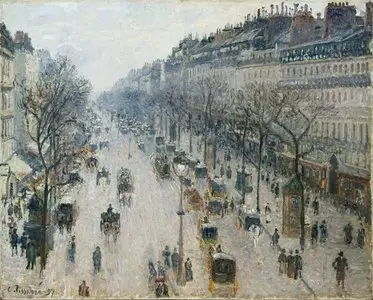The Art of Camille Pissarro
1080 jpg | up to 6607*4226 | 1.27 GB
1080 jpg | up to 6607*4226 | 1.27 GB
Camille Pissarro (10 July 1830 – 13 November 1903) was a Danish-French Impressionist and Neo-Impressionist painter born on the island of St Thomas (now in the US Virgin Islands, but then in the Danish West Indies). His importance resides in his contributions to both Impressionism and Post-Impressionism. Pissarro studied from great forerunners, including Gustave Courbet and Jean-Baptiste-Camille Corot. He later studied and worked alongside Georges Seurat and Paul Signac when he took on the Neo-Impressionist style at the age of 54.
In 1873 he helped establish a collective society of fifteen aspiring artists, becoming the “pivotal” figure in holding the group together and encouraging the other members. Art historian John Rewald called Pissarro the “dean of the Impressionist painters", not only because he was the oldest of the group, but also "by virtue of his wisdom and his balanced, kind, and warmhearted personality”. Cézanne said "he was a father for me. A man to consult and a little like the good Lord," and he was also one of Gauguin's masters. Renoir referred to his work as “revolutionary”, through his artistic portrayals of the "common man", as Pissarro insisted on painting individuals in natural settings without "artifice or grandeur".
The Boulevard Montmartre on a Winter Morning,
1897, Metropolitan Museum of Art, New York, USA
Send me a message if any link is broken
Please visit my blog on AvaxHome!
Find more artists on AvaxHome!
1897, Metropolitan Museum of Art, New York, USA
Send me a message if any link is broken
Please visit my blog on AvaxHome!
Find more artists on AvaxHome!





